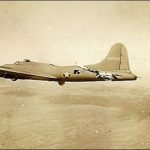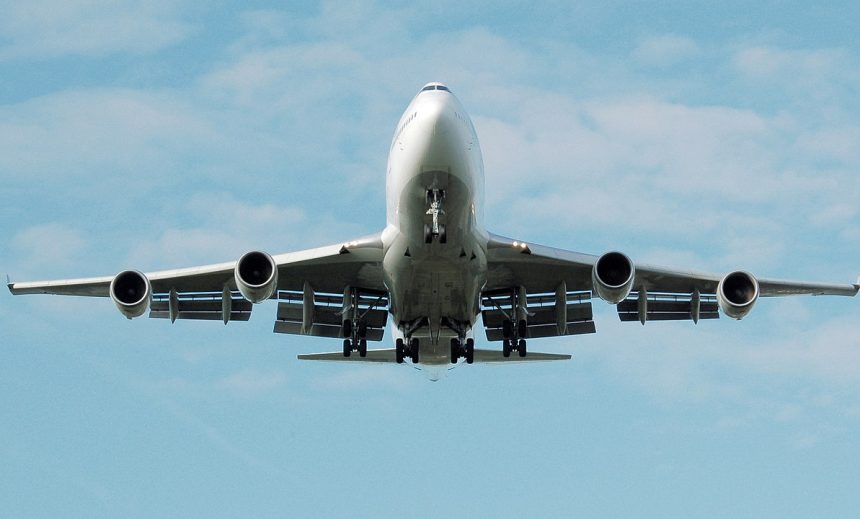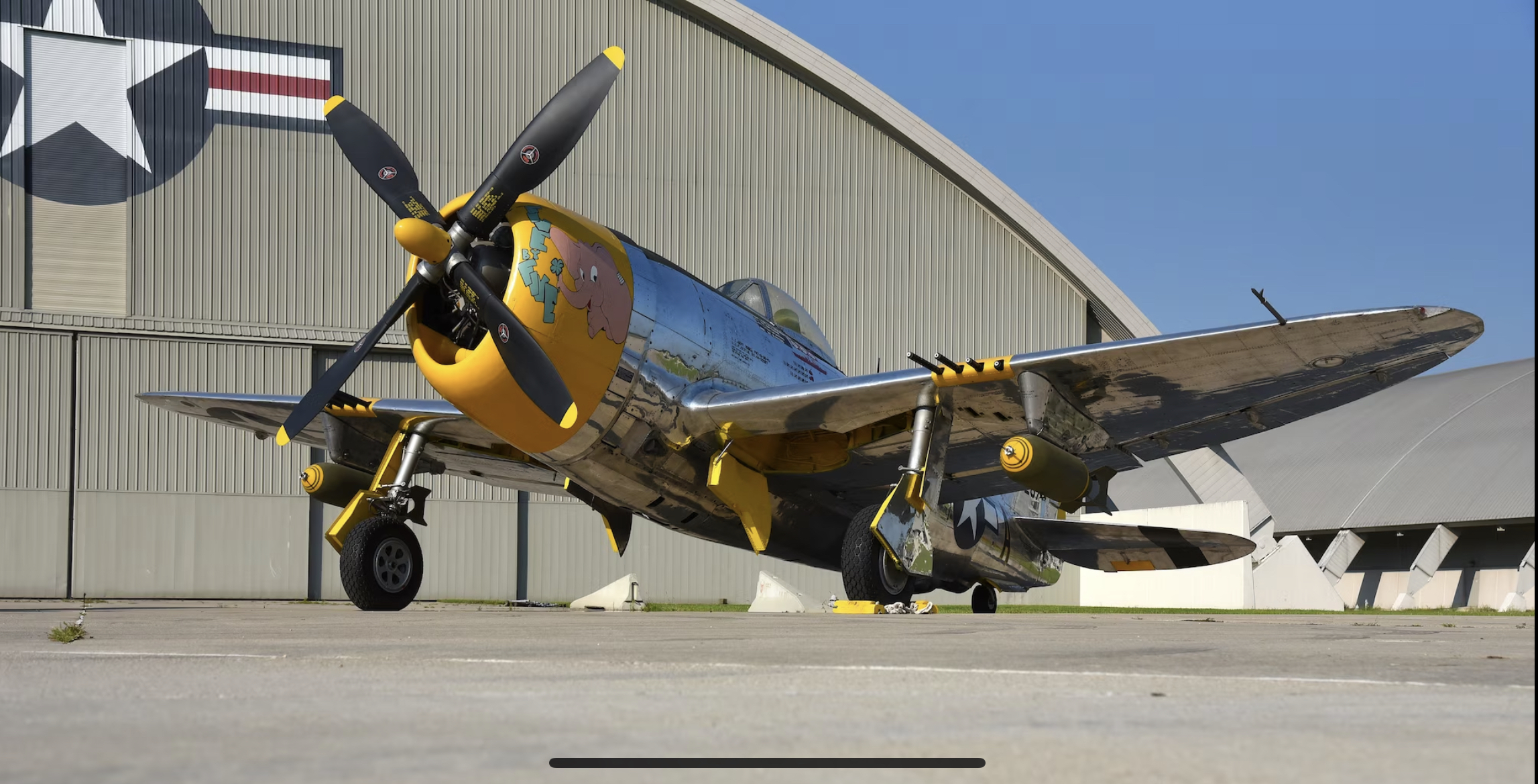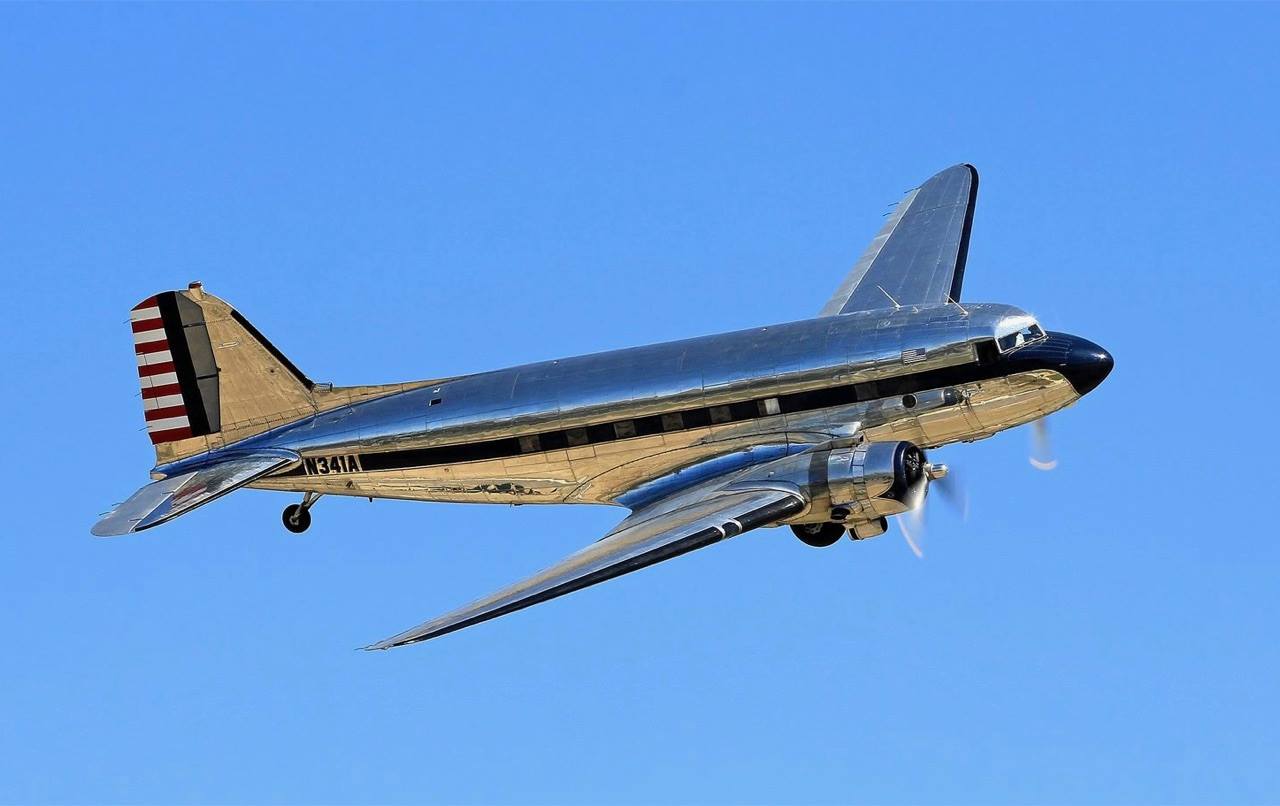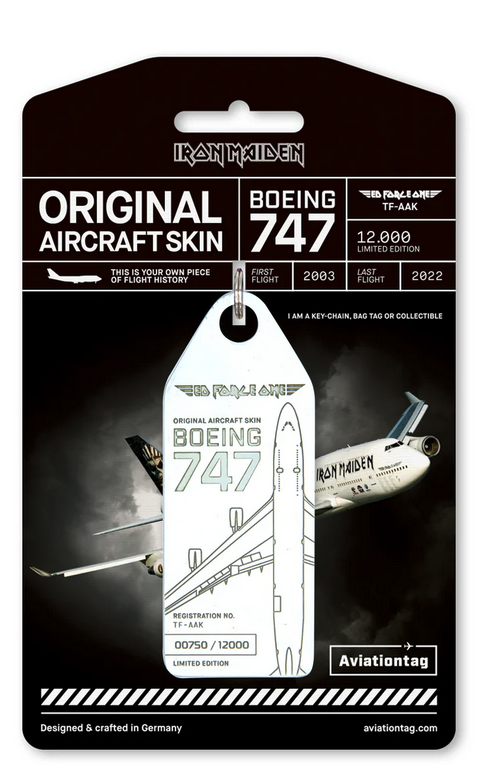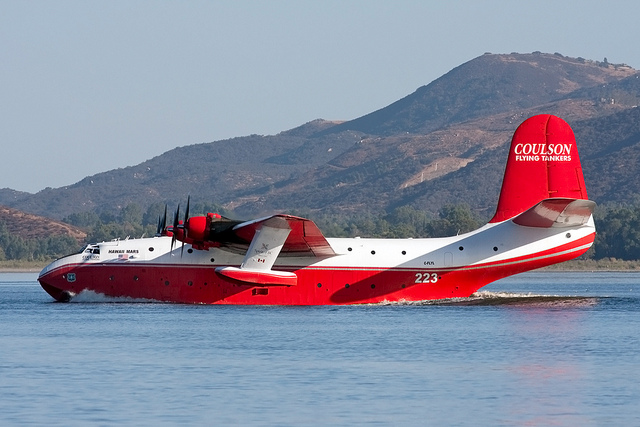On this day in aviation history, April 29, 1988—37 years ago—the Boeing 747-400 took to the skies for the first time. As an upgraded variant of the original 747, which first flew in February 1969, the -400 model marked a new chapter for Boeing’s iconic wide-body airliner. It retained the distinctive stretched upper deck and added winglets introduced on the -300 model, but featured numerous improvements, including modernized avionics and more efficient turbofan engines. Operators could choose from the Pratt & Whitney PW4000, General Electric CF6-80C2, or Rolls-Royce RB211-524G/H to power the aircraft.

The concept for the 747-400 emerged in 1984, as demand began to slow for earlier 747 variants. Boeing responded by designing a next-generation jumbo jet with updated cockpit systems, redesigned interiors, and significantly improved performance. The -400 variant boasted a 1,200 nautical mile increase in range and benefited from new, fuel-efficient engines—contributing to a 10% reduction in operating costs compared to its predecessors.

Capable of carrying 416 passengers or up to 274,100 pounds of cargo (in freighter variants), the 747-400 is a true giant of the skies. It measures 231 feet 10 inches in length, with a wingspan of 211 feet 5 inches and a height of 63 feet 8 inches. The aircraft holds an impressive 57,285 gallons of fuel and cruises at 564 mph (Mach 0.855), with a range of 7,285 nautical miles.

Though many airlines have retired the 747-400 in recent years, the aircraft continues to serve both passengers and freight operations. Lufthansa still operates the -400 on intercontinental routes, while carriers like Atlas Air and Kalitta Air use it for cargo transport. Even decades after its debut, the Boeing 747-400 remains a testament to enduring engineering and timeless design.






